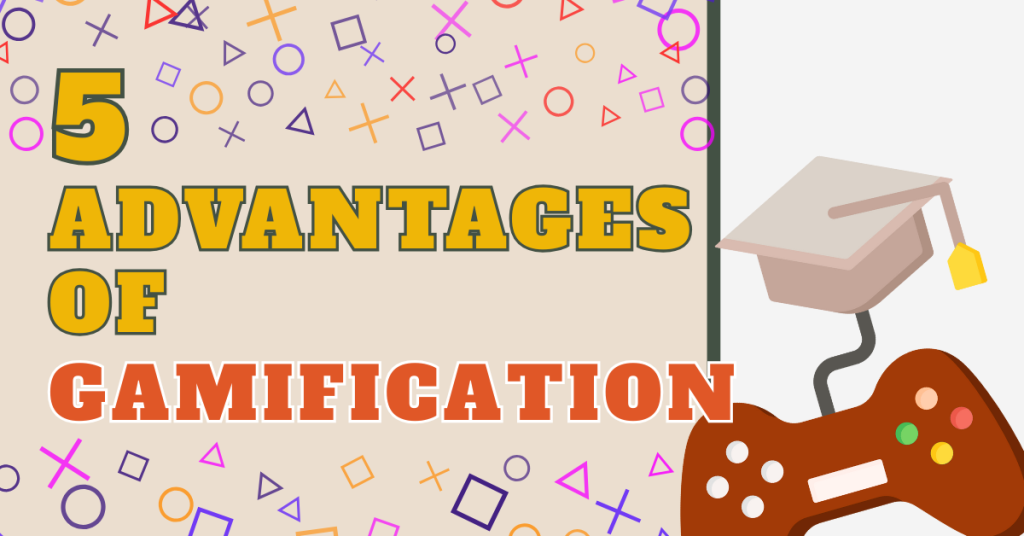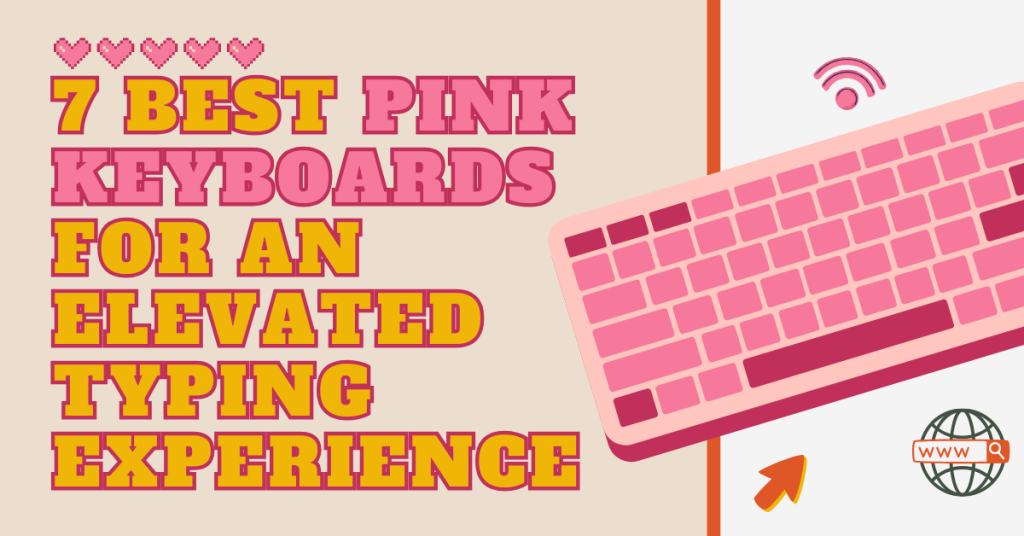In today’s world, there’s this thing called “Gamification.” It’s like turning regular stuff into games to make it more fun. But like most things, gamification has some good and not-so-good parts. This blog will explore both to understand what it’s all about.
1. It Makes Things More Fun
Imagine turning regular tasks into a game, like giving points or badges. Suddenly, things get way more interesting and fun because of Gamification. What used to feel boring now becomes an incredible challenge people want to take on. It’s like turning chores into exciting adventures. With rewards in the mix, even simple stuff becomes a bit like a game, making the everyday stuff feel less dull and more enjoyable. This extra dash of fun makes people look forward to their tasks, turning the ordinary into something pretty cool and making our daily routines feel more like a fun adventure.
2. Feeling Motivated
Gamification makes people want to do their best. It feels fantastic when you get rewards or recognition for doing something well. This feeling makes you excited and want to keep improving, creating a motivation cycle. It’s like a friendly push that makes you want to do your absolute best because when you do, this incredible feeling of accomplishment keeps you motivated. Getting rewards for a job well done is like a high-five that says, “You did it, and it’s fantastic!” This happy feeling becomes a little spark that makes you eager to do more, making motivation a continuous loop of feeling good and doing your best.
3. Learning New Skills
Gamification is like a sneak attack on learning. Through games and challenges, you get better at stuff without even realizing it. It’s like having fun while secretly building essential skills, such as solving problems or managing time. It’s like learning while playing – the games make you better at things without noticing. It’s like having a good time while quietly getting good at important stuff, like figuring out problems or being great at managing your time. It’s this incredible way of learning without feeling like you’re doing homework, making the whole process more like an exciting adventure than a lesson.
4. Collecting and Using Information
Games collect a bunch of info about how people play. This information is like a treasure chest for companies and schools. It helps them make smarter decisions and improve their actions based on how people do in the games. Think of it as games keeping track of how you play, and then this information becomes like a hidden treasure for companies and schools. They use this treasure to determine what works well and can be even better. It’s like having a map that guides them to make things more awesome based on how people are doing in the games, turning this collected info into a tool for making things brighter and cooler for everyone.
5. Making Friends and Working Together
Games bring people together. When you use gamification, it feels like you’re part of a team. This teamwork makes people want to help each other, creating a sense of community and making tasks more enjoyable. It’s like when you play games, and everyone works together towards a common goal. Using gamification is a bit like that – it makes you feel like you’re on a team where everyone supports each other. This sense of togetherness transforms tasks into something more than work; it becomes a shared experience, making everything feel better and more fun when you know you’re not doing it alone.
5 Disadvantages of Gamification
1. Getting Distracted
Sometimes, gamification can make you forget what you’re supposed to be doing. Instead of focusing on the task, you might get too into the game part. This can be a problem if it stops you from completing your work. It’s like when you’re having so much fun with a game that you forget about everything else. While gamification is meant to make things enjoyable, keeping a balance is essential so that the game part doesn’t take over and stop you from finishing what you need to do. It’s like ensuring the fun doesn’t get in the way of being productive. Finding that sweet spot where the game adds to the task without becoming the main focus is the key to making gamification work well.
2. Thinking Only About Rewards
Too many rewards can be a tricky thing. If you only care about getting points or badges, you might forget why you’re doing something in the first place. This can make your work not as good in the long run. When you’re playing a game and focused on winning, you forget to enjoy the game itself. Similarly, if you’re only doing something for the rewards and not because you care about the task, the quality of your work might not be as significant over time. So, it’s important to remember why you started in the first place and not let the desire for rewards overshadow the real purpose of what you’re doing. Finding a balance where you enjoy the process and appreciate the rewards without losing sight of the bigger picture is the key to making gamification work effectively.
3. Not Right for Everyone
Not everyone likes the same games. Using gamification for everyone can be challenging because what works for one person might not work for another. It’s like trying to find a game that everyone at the party likes – not easy! It’s like when you have a group of friends, and each person has their favorite game. Choosing a game everyone enjoys can be tricky because people have different preferences. Similarly, finding a style that appeals to a diverse group is challenging in gamification for tasks or activities. Just as not everyone will agree on the best party game, finding the right gamification approach that resonates with a varied audience requires a thoughtful balance to ensure everyone can enjoy the process.
4. Only Thinking Short-Term
Gamification is excellent for short-term goals. But it might not be as helpful if you must keep doing something for a long time. People might lose interest once the initial fun part is over. It’s a bit like planning a fun day out – everyone is excited initially, but if the excitement fades, it can be challenging to keep the momentum going. Similarly, while gamification is fantastic for sparking enthusiasm and quick wins, it might not provide sustained motivation for long-term projects. It’s essential to recognize that the initial burst of excitement may not last forever, and finding ways to maintain engagement over an extended period requires additional strategies beyond the immediate thrill of gamification.
5. Being Fair and Good
Sometimes, gamification can be used in ways that aren’t fair or good. It’s essential to ensure that using games to get people to do things doesn’t trick or force them in a way that’s not right. It’s like playing a game where the rules change unfairly – it doesn’t feel right. Similarly, when gamification is applied unethically, it can feel like people are being manipulated or pushed into something against their will. Ensuring that gamification is used ethically means ensuring the rules are clear and everyone has a fair chance, just like in a good game. It’s a reminder that while gamification can be a powerful motivator, it should always be implemented with integrity and fairness to create a positive and respectful experience for everyone involved.
Final Thoughts
Gamification brings fun, motivation, and learning, yet too much focus on the game side and varying preferences pose challenges. Balancing these aspects is key for effective use. Let’s ensure gamification enhances without causing issues, finding the sweet spot between fun and productivity.



